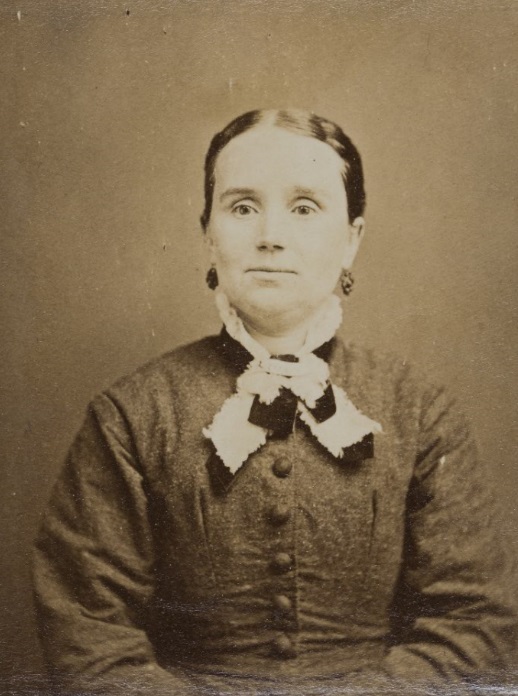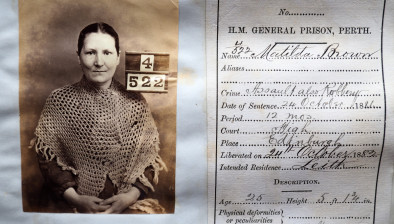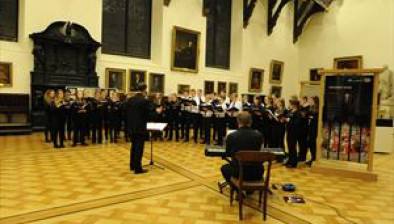Hidden histories of prisoner-patients in Victorian Scotland

Elizabeth Gilchrist
or Brown of Stow,
Midlothian, admitted 1868
A new free exhibition by National Records of Scotland (NRS) reveals the hidden histories of prisoner-patients of the Victorian era.
Opening today, Prisoners or Patients? Criminal Insanity in Victorian Scotland uses never before displayed records and photographs to reveal tragic stories of crime, treatment, recovery and release.
Guest curator Professor Rab Houston of the University of St Andrews has selected an array images and objects from the trials of people accused of murder and other serious crimes at the High Court of Justiciary and the Criminal Lunatic Department in Perth – including photographs, personal notes and petitions of prisoner-patients, a prison register, crime scene map, court papers and medical reports.
Prisoners or Patients provides an insight into historic penal policies and the infancy of psychiatry, revealing the stories of people – occasionally dangerous, often vulnerable but always severely disturbed – who experienced mental health problems and impairments in the most extreme circumstances.
The exhibition examines how those labelled at the time as criminal lunatics and afflicted by mental health issues were treated and recorded in the Victorian era. As such, it uses the medical and social terminology and references the practices of the day.
Paul Lowe, NRS chief executive,said: “Professor Houston and NRS archivists have brought together a collection of fascinating items that tell a compelling story about people furthest from public sympathy with great dignity and humanity. It shows how historical and cultural treasures within the archives of National Records of Scotland can bring the past to life.”
Mr Houston said: “By looking at the worst (and the best) of humanity in a very different context from today, this exhibition helps us understand more clearly and talk more openly about mental health issues in modern society. Exploring the lives of ordinary people in extraordinary situations allows us to see where we have been and points to where we might go.”








